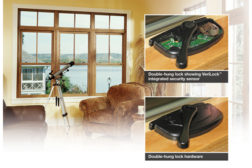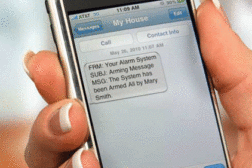Intrusion Alarm
Researching AIREF
The Alarm Industry Research & Educational Foundation serves as the research arm of the electronic life safety, security and systems industry, but what exactly does it do and how can the industry benefit from its projects?
September 12, 2011
When Selling the Cell
Getting the price right is key to operating a successful customer-conversion program from POTS to wireless alarm signal transmission. Add-ons can help maximize cellular system appeal and profitability.
August 15, 2011
Cellular Alarm Communications Goes Mainstream
No longer just a solution for remote accounts, cellular now is the preferred alarm communications method for many alarm dealers. Here’s what dealers need to know about their cellular choices — and what’s new with the technology.
June 22, 2011
Shhh! Don’t Breathe
Ultra sensitive breathing detector detects live objects hidden in cargo containers
May 17, 2011
Be in the forefront of security intelligence when you receive SDM.
Join over 10,000+ professionals when you subscribe today.
SIGN UP TODAY!Copyright ©2024. All Rights Reserved BNP Media.
Design, CMS, Hosting & Web Development :: ePublishing







